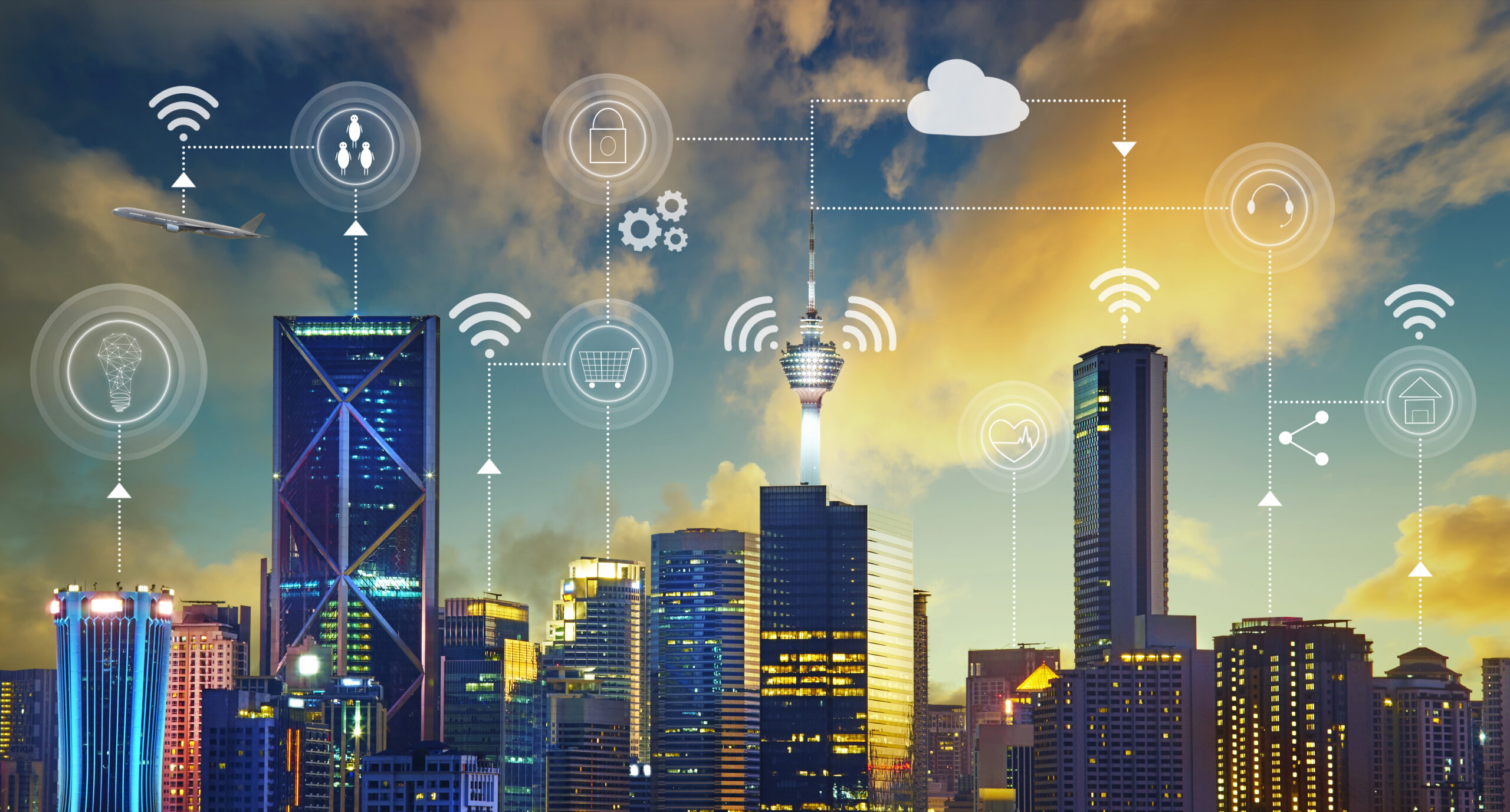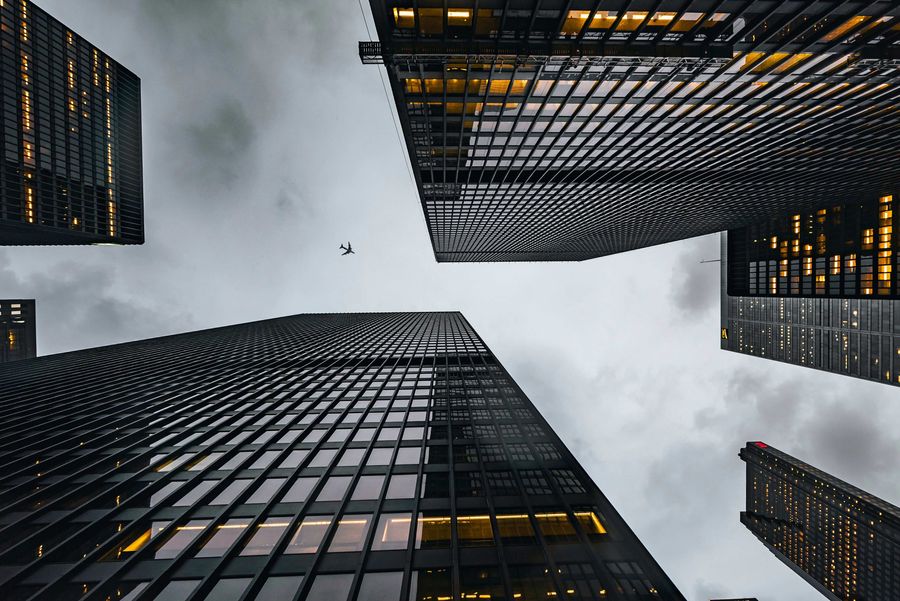As investors and business people, you know that cutting expenses is crucial to success. That’s why we’re excited to introduce you to the world of smart building services- the buildings of the future that will save you money without you having to do a thing.
Gone are the days of wasting energy and resources.
With smart buildings, everything is optimized for efficiency and cost-effectiveness.
But that’s not all!
In this blog, we will look at the services – or better yet – characteristics of “a building of the future.”
What are smart buildings? Smart technology. Easier life!
Welcome to the future of architecture, where buildings are more than just structures – they are intelligent, self-regulating environments.
Smart building services use integrated processes and cutting-edge technology to create an environment that responds to the needs of the people inside.
But it’s not just about reactive technology – smart buildings are designed with people at the center.
Imagine walking into a building that automatically adjusts its facilities based on the number of people inside.
These buildings have the capability to determine the percentage of the workforce or tenants inside the building at any given time.
That’s how they can make the necessary adjustments to WiFi connections, lighting, electricity, heat, ventilation, and air conditioning to ensure a comfortable environment.
In a survey, only 37% of the respondents thought their offices had been designed ‘with people in mind!!
So whether you’re a business owner looking to increase productivity or a tenant looking for a more comfortable environment, smart building services are IT.
This is the world where buildings work for you!
But what characteristics should a building have to be …smart?

Smart characteristics of a building
People-centric
Imagine (again) walking into a building that feels like it was designed for you….because it was.
As mentioned several times throughout this blog, that’s the concept behind smart buildings. -> The people-centric approach to smart building services and design.
So..everything is (or should be) tailored to meet the needs and expectations of the people who will use it.
Smart buildings of the future will have a design to make you comfortable, happy, and productive, with flexibility built-in to adapt to changing needs.
Flexible
Disruptive forces are constantly shaping the business landscape, making flexibility an essential characteristic of smart buildings.
We need structures that can keep up with changing business models and usage patterns.
Smart buildings should have modular components that can be easily reconfigured or repurposed as needed.
This means that the layout of the building can adapt to changing needs without requiring major structural changes.
While many of the examples of smart buildings currently in use are office buildings, the technology can apply to other types of buildings as well, such as
- hospitals,
- schools,
- airports,
- shopping centers,
- and residential buildings.
Invisible technology
The goal is for smart building services to self-manage, learn, anticipate, and adapt independently without users’ intervention.
How to do that?
Technology should be invisible (not THAT kind of invisibility).
This means that it should seamlessly integrate into the building’s design.
Everything should be automatically adjusted based on sensors and monitors, from room temperatures to lighting, shading, and energy and water utilization — without the need for touch screens…or voice activation systems.
Sustainable
Sustainability is a top priority when designing all kinds of buildings…but for the smart ones (buildings), even more so.
We don’t need to explain the reasons (as you already know them), but basically, climate change and population growth are the most important ones.
Thanks to advanced technologies, smart buildings can exist off the grid, developing self-sustaining ecosystems that enable them to produce energy and collect and treat water on-site.
This not only helps to reduce our impact on the environment, but it also lowers operating costs.
Learning
Buildings of the future will be more than just structures designed for us; they will be designed to get to know us.
Every sensor, automation, and monitor will integrate into a main building management system, allowing the building to capture and analyze every movement within it.
This will enable the smart building services to learn and continuously self-tune, providing an optimized experience for its occupants.
To wrap it up!
In conclusion, smart buildings are the future of building design and construction.
With a focus on:
- people-centric design,
- flexibility,
- seamless integration of technology,
- sustainability,
- and continuous learning
…smart buildings can potentially transform how we live and work.
They are adaptable to changing needs and can provide a comfortable, productive, and sustainable environment for everyone.

